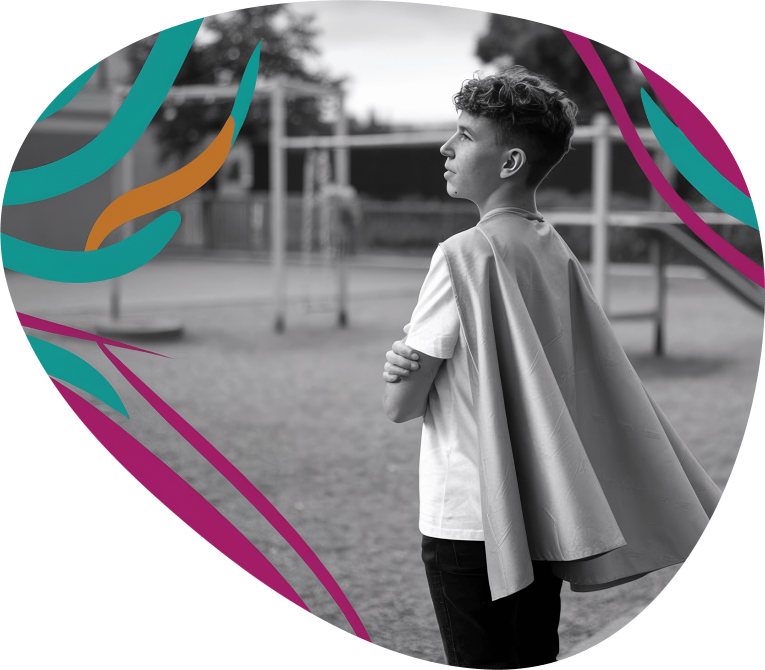
When you have a child with autism and dyspraxia, it can be hard.
For you, for your child, for the teachers.
Teachers and even family members often fail to see the bright, hard working, kind child you know. They often fail to see the intelligence, the honesty and the eagerness to do well. All they see may be the social challenges and poor physical control. They get fixated on the difficulty to adapt and accommodate.
Sensory issues, social isolation and anxiety impact day to day life. You wonder if your child is bullied at school and yes, you often have a good reason to be concerned.

It’s not your fault – you’ve been doing all you can to help them.
The effort you put in likely got some results, but you want to see them thrive.
Here’s the reality…
For best outcomes long-term support may be needed. Much can be addressed through a neurodevelopmental program that uses neuroplasticity to help with sensory processing irregularities, motor planning, muscle tone, anxiety and resilience.
Some differences may persist. But life can be better when a person understands their unique abilities and learns to maximize their impact. Better understanding can lead to more positive social interactions at work, at home, and in the community.
For those with Autism compounded by dyspraxia, there are specific secrets that often help to succeed in school… and in life.
Many of the things you may have been told are wrong:
Most people will tell you that their handwriting and typing will only improve with endless practice.
But that’s a hard and unproductive path for a dyspraxic student. There is a better, kinder way. To improve handwriting and keyboard skills it is better to address coordination and sensory processing through a neurodevelopmental program.
Most people will break work down into tiny chunks to teach it step by step. In our experience, many people with dyspraxia think intuitively. They need context to learn effectively. Their best answers just pop into their heads without knowing how. It may seem like a guess but it is intuitive thinking. What’s been missing is that they need to learn to reverse engineer the answers that pop into their heads so they can explain them to other people. Once they learn how to explain their answers they can often get the grades they deserve.
Autistic learners tend to be very literal, often collating large amounts of information interestingly but sometimes finding it challenging to see the bigger picture. The dyspraxia may fill in for that but not always. These two thinking styles often support each other, but it may need a specialist’s help to guide the learner to take advantage of this ability.






